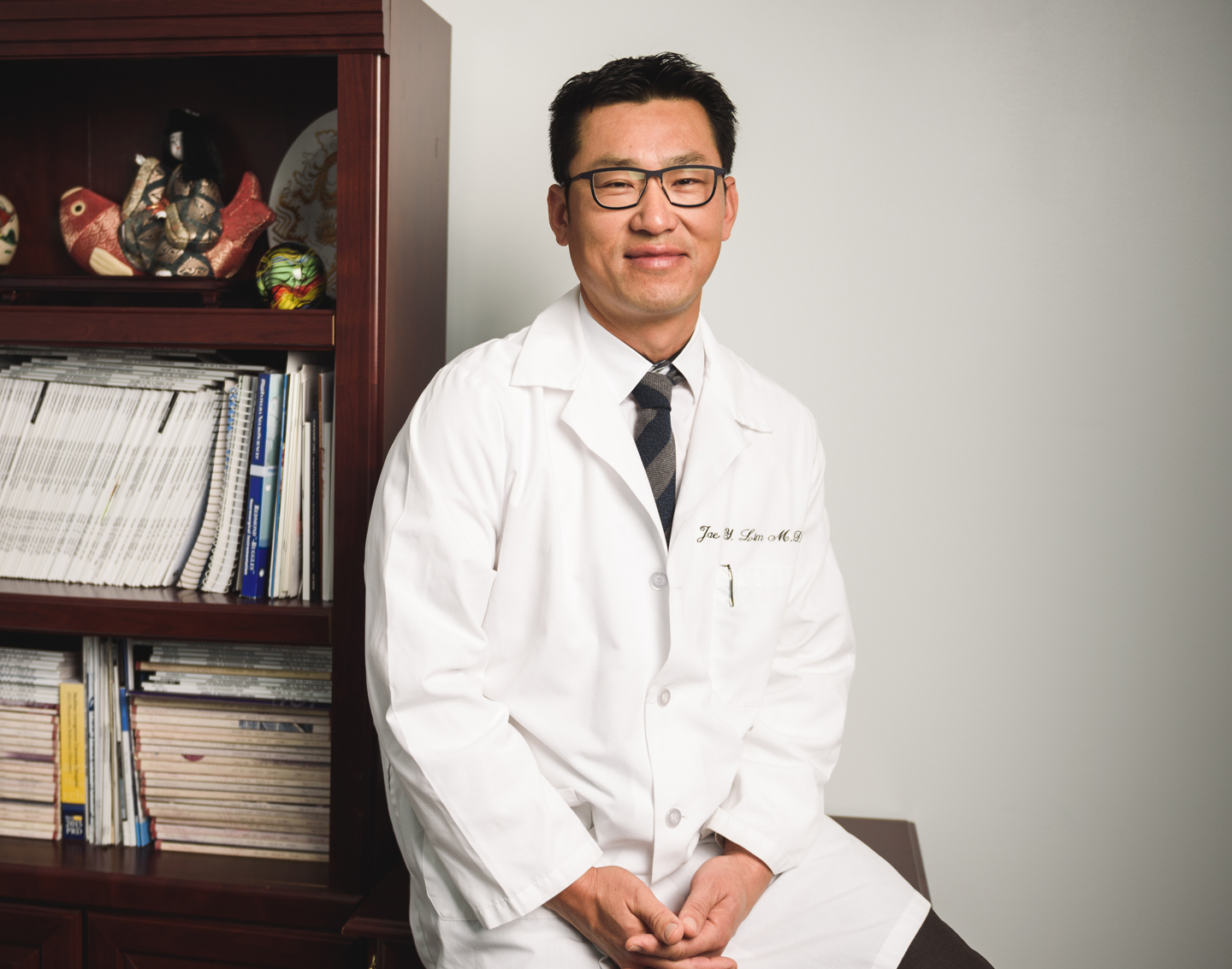Will robotic surgery eventually be the new normal?
Neurosurgeon Jae Lim, MD, believes so, and dove into the technology two years ago at Atlantic Brain and Spine, with locations in Fairfax and Leesburg in Virginia.
"I realized [robotics] fit within my practice in terms of my surgical philosophy — I'm a big believer in MIS," says Dr. Lim, adding minimally invasive surgery and robotic guidance revolve around achieving a high level of functionality for patients.
He performs surgery on the thoracic lumbar spine with the Mazor Renaissance system, including degenerative cases and stenosis procedures. In the past year, Dr. Lim has performed 50 robotic-guided surgeries.
"Using technologies like this, the difference is like having an old-fashioned bomb from World War II versus the smart bombs that target things within feet rather than miles," Dr. Lim explains.
Robotic surgery offers a safer, faster and more accurate procedure, Dr. Lim says. Given the technology's impressive 99 percent accuracy rate, no time is lost for revised implant locations.
Additionally, the OR staff is exposed to much less radiation, as the technology only uses two intraoperative X-rays.
Dr. Lim says surgeons new to the technology will probably feel comfortable after performing about 30 cases or fewer. New technology will always cause discomfort, he adds, but "as surgeons, we are obligated to try to do things better."
As for the expense, Dr. Lim believes it is an investment that will pay for itself in the long-run, especially with the onset of value-based care.
"We are moving toward a system that promotes management of health, and not necessarily the amount of procedures," Dr. Lim explains. "So the [procedures] that are done need to be done better, safer and faster. When you have technology that can help you do it, you have to use it."
As medical training begins to expose young surgeons to robotics early on, Dr. Lim thinks the technology will gain greater traction in the industry. Dr. Lim has already seen significant growth in his practice's robotic procedures, with a growth rate of about six cases to eight cases monthly.


